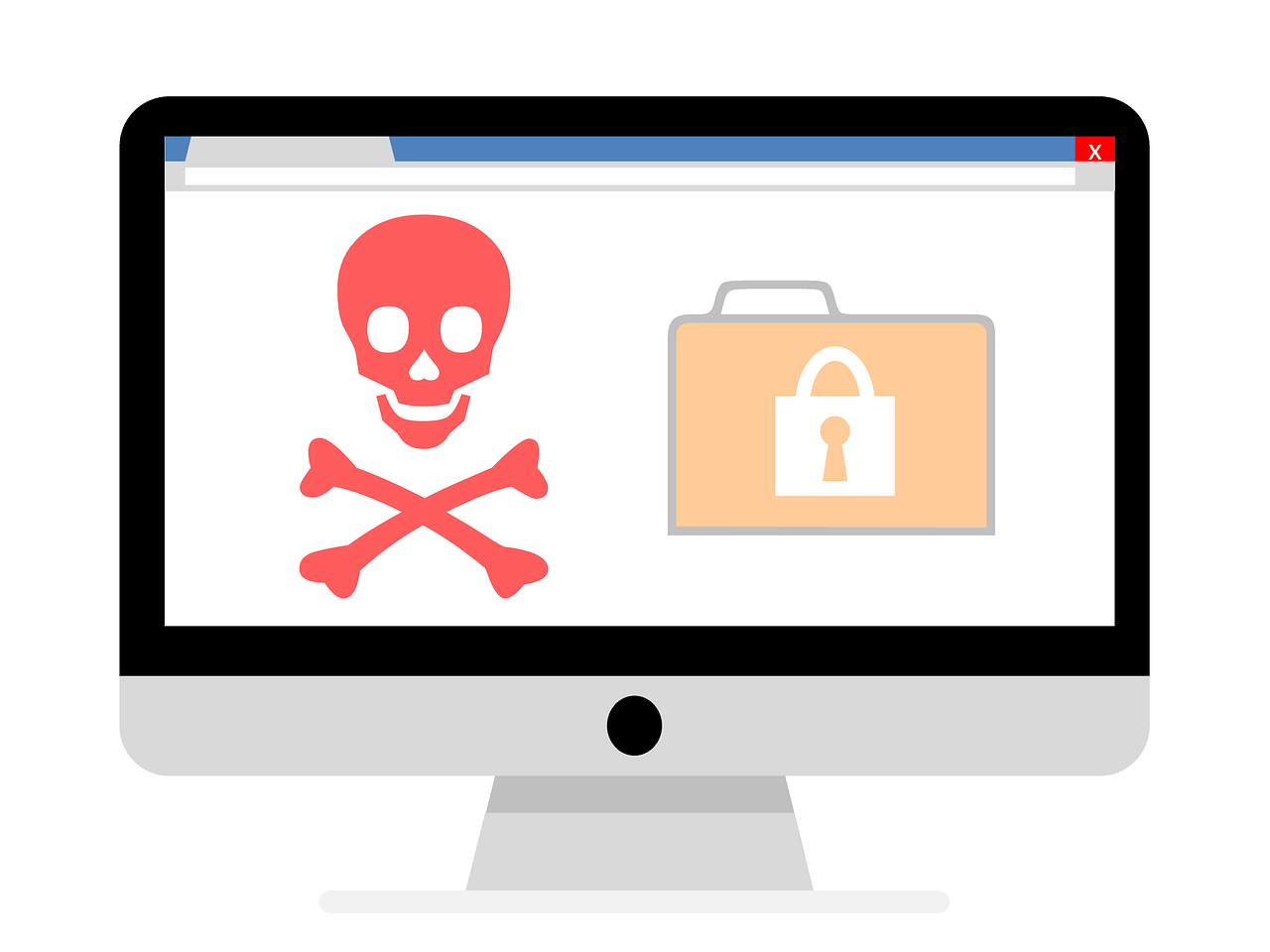Introduction
Is blocking malware connections enough? In the cyber security world, malicious actors are constantly trying to penetrate servers and networks to gain access to sensitive information. To protect their data, many organizations have implemented measures like blocking connections from malware. This is an attempt to disrupt and hinder the attackers’ movements. But is blocking connections enough to stop a malicious attack? Let’s take a closer look.
Stopping the Malware Attack: Is Blocking Malware Connections Enough?
The first step in protecting your data is understanding the players at hand. In this case, your server and the attacker. Your server acts as the access point to your systems and applications. The attacker looks for weaknesses to exploit and gain entry. Blocking these connections serves to disrupt the malicious actors’ tactics and stop further infection. However, it doesn’t necessarily prevent them from attacking you or stealing data. Keep in mind that malware comes in all shapes and sizes. Attackers can employ different approaches to gain access. Depending upon the level of sophistication, blocking connections may not be enough. For example, attackers can use tactics such as tunneling and remote access Trojans to hide their data exchange and avoid detection. If a malicious actor is intent on accessing your data, they’ll find ways to circumvent the block and exploit whatever weaknesses are available. It’s not enough to just block the connection. Organizations should also be aware of the other threats that exist beyond the connection itself. With sophisticated tactics such as phishing, it’s possible for attackers to gain a foothold in the system even without an active connection.
Check out our other article The Best Anti-Malware Software for PCs
Unveiling the Hidden Cyber Security Threats Lurking Behind the Blockade
Another common approach is the use of malicious software, such as viruses, spyware, and ransomware. Although blocking the connection can stop the attacker from getting access to your system, they can still continue to attach you through other methods. Such methods include email campaigns and social engineering. Through phishing, attackers can send malicious emails or links containing malicious software in an effort to gain access to a victim’s data. In addition to malicious emails, attackers can use social engineering techniques to access a victim’s data. Social engineering typically involves manipulating victims into giving up passwords, access codes, or other confidential data. While blocking connections from a malware may offer some protection, it’s essential to consider the threats that exist behind the blockade. Organizations should take a comprehensive approach to cyber security. One that looks beyond the connection and focuses more on unexpected threats, such as those caused by malicious software and social engineering.
Conclusion
Blocking a connection from a malware attack is a great first step to protect a system and its data from malicious actors. However, it’s important to remember that attackers are always looking for new ways to access and exploit a system. As such, organizations should take a multi-tiered approach to cyber security. One that is proactive and includes measures to prepare for incoming threats, even ones that do not involve a connection. By understanding the potential threats and the tactics used, organizations will be better prepared to prevent and defend against malicious attacks.
If you are running Linux, check out my other post I already have UFW should I uninstall Firewalld and all its dependencies?
If you like this article, share it. What is your experience with malware? Let us know in the comments.

Aleksandar Paunovski is a Computer Science student at New Bulgarian University. He has more than 20 years of experience with computer systems. Aleksandar knows PHP, JavaScript, C++, CSS, and HTML and is an expert on WordPress, computer security, Linux, Mac OS, Chrome OS, and Windows. When not busy making sites, Aleksandar loves to listen to 90’s music, walk in the park, and post on his blog.

[…] Check out our other article Is blocking malware connections enough? […]